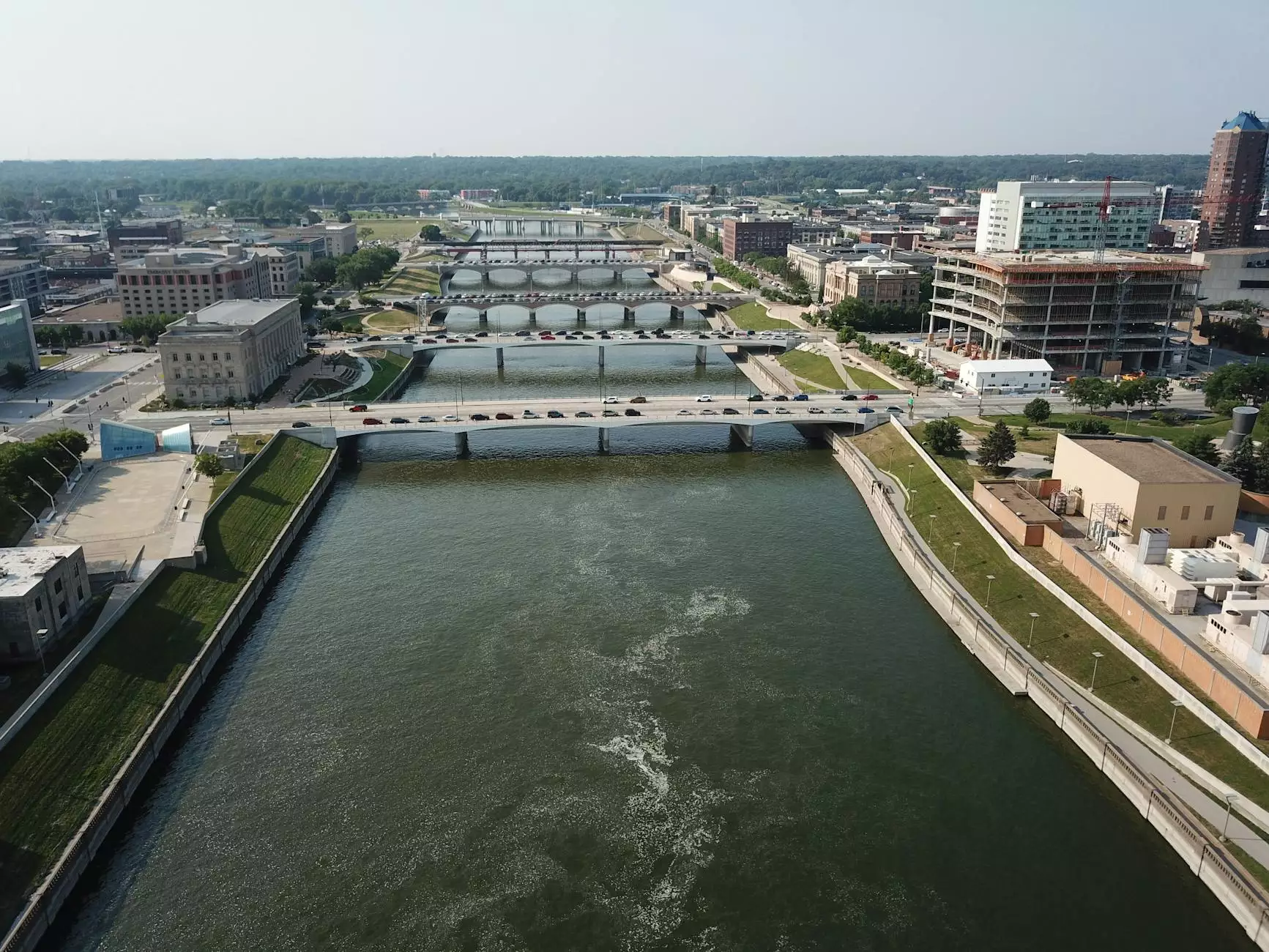Understanding the Partial Hysterectomy Procedure

The partial hysterectomy procedure is a significant surgical option for women facing various gynecological conditions. Whether due to chronic pain, heavy bleeding, or other medical issues, this procedure can dramatically alter a woman's health and quality of life. In this comprehensive article, we explore the intricacies of the partial hysterectomy, empowering you with knowledge about this impactful surgery.
What is a Partial Hysterectomy?
A partial hysterectomy, also known as a subtotal hysterectomy, involves the surgical removal of the uterus while leaving the cervix intact. This contrasts with a total hysterectomy, where both the uterus and the cervix are removed. It's crucial for women to understand the distinctions and implications of these procedures when discussing surgical options with their healthcare provider.
Indications for a Partial Hysterectomy
There are various indications for undergoing a partial hysterectomy. Some common reasons include:
- Uterine Fibroids: Noncancerous growths in the uterus that can cause significant pain and heavy menstrual bleeding.
- Endometriosis: A condition in which tissue similar to the lining of the uterus grows outside of it, often leading to severe pain.
- Abnormal Uterine Bleeding: Heavy or irregular bleeding that cannot be controlled through other medical treatments.
- Prolapsed Uterus: A condition wherein the uterus slips down into the vaginal canal due to weakened pelvic muscles.
- Cancer: In cases where cancer is detected, a hysterectomy may be necessary to prevent the spread of the disease.
Benefits of a Partial Hysterectomy
The decision to undergo a partial hysterectomy procedure can come with numerous benefits, including:
- Relief from Symptoms: Many women experience significant relief from chronic pain, bleeding, or discomfort following the procedure.
- Preservation of Cervical Health: By leaving the cervix intact, women may retain some hormonal balance and pelvic support, which can be beneficial for future health.
- Shorter Recovery Time: Compared to a total hysterectomy, recovery from a partial hysterectomy tends to be quicker and less complicated.
- Improved Quality of Life: Many patients report a remarkable improvement in their daily functioning and overall well-being.
The Surgical Procedure
The actual partial hysterectomy procedure can be performed in a few different ways, depending on the individual case and the surgeon’s recommendation:
- Abdominal Hysterectomy: This involves a larger incision in the abdomen and is often used for larger fibroids or when other issues are present.
- Vaginal Hysterectomy: This is performed through the vagina and is less invasive, leading to a quicker recovery time.
- Laparoscopic Hysterectomy: This minimally invasive method uses small incisions and a camera to help the surgeon, resulting in less pain and a faster recovery.
Pre-operative Considerations
Before undergoing a partial hysterectomy, patients should have a thorough discussion with their healthcare provider. Important considerations include:
- Medical History: A detailed medical history can uncover any underlying conditions that may affect the surgery.
- Pre-existing Conditions: Conditions such as heart disease or obesity should be addressed prior to surgery, as they can impact anesthesia and recovery.
- Medications: Patients should inform their doctor of all medications and supplements they are taking, as some may need to be paused before surgery.
- Expectations: Having a clear understanding of what the surgery entails and what to expect during recovery is critical for mental preparedness.
Risks and Complications
As with any surgical procedure, a partial hysterectomy carries certain risks and potential complications, including:
- Infection: Patients are at risk for infections post-surgery, needing close monitoring.
- Bleeding: Some women may experience significant bleeding, necessitating further medical intervention.
- Anesthesia Risks: Reactions to anesthesia can occur, which is why a complete health assessment is necessary.
- Cardiovascular Issues: Those with pre-existing heart conditions may face heightened risks related to cardiac function during surgery.
Recovery After a Partial Hysterectomy
The recovery phase is crucial following a partial hysterectomy procedure. Here's what to expect:
- Hospital Stay: Depending on the surgical method used, hospital stays can range from one to several days.
- Pain Management: Pain is normal, and doctors typically prescribe medications to help manage discomfort.
- Activity Restrictions: Patients are often advised to avoid heavy lifting and strenuous activities for several weeks.
- Follow-Up Appointments: Regular follow-up visits are vital to monitor healing and address any concerns.
Long-term Outcomes and Considerations
Long-term outcomes for women undergoing a partial hysterectomy are generally positive, particularly concerning symptom relief and improved quality of life. However, women should keep in mind the following:
- Hormonal Effects: Although the ovaries are typically left intact, hormonal changes can still occur, and patients should be aware of their symptoms.
- Pelvic Health: Maintaining pelvic health post-surgery is essential, including pelvic floor exercises and regular check-ups.
- Support Networks: Engaging in support groups or therapy can offer emotional assistance during recovery.
Conclusion
In summary, the partial hysterectomy procedure is a powerful option for managing various health issues related to the reproductive system. Understanding the reasons, benefits, surgical methods, and recovery processes can help women make informed decisions about their health. If you are considering this surgery, consult with a qualified expert, such as those at drseckin.com, who can provide tailored advice and care based on your specific needs.
By staying informed and proactive in your health care, you can navigate the journey of a partial hysterectomy with confidence and assurance.








